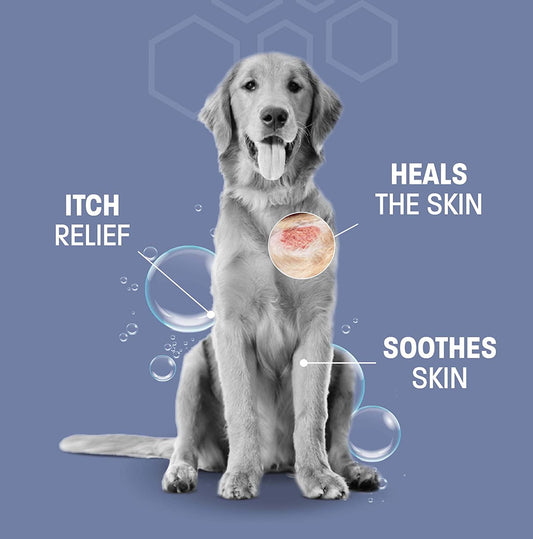Spaying or neutering your dog is an important decision that every pet owner should make. It is a responsible choice that helps to control the population of stray animals, reduces the risk of certain health problems, and even improves your dog's behavior. However, the timing of this procedure is crucial, and it varies depending on your dog's age and breed. In this article, we will look at the different age ranges for spaying or neutering dogs, and help you understand why it's important to make the right choice.
The first thing to consider when deciding on the right age to spay or neuter your dog is their breed. Smaller breeds, such as Chihuahuas, Pomeranians, and Shih Tzus, mature faster and can be spayed or neutered as early as 8 weeks old. On the other hand, larger breeds, such as Great Danes, Saint Bernards, and Mastiffs, take longer to mature and may not be ready for the procedure until they are 9 to 12 months old.
The second factor to consider is your dog's behavior. Unneutered dogs are more likely to engage in territorial marking and roaming behaviors, which can be dangerous for both your dog and other animals. Neutering your dog at an early age can help to reduce these behaviors and improve their overall behavior.
Another important factor to consider is your dog's health. Spaying or neutering your dog can help to reduce the risk of certain health problems, such as uterine infections, testicular cancer, and prostate cancer. Additionally, spaying or neutering your dog can also help to prevent certain behavioral problems, such as aggression and dominance.
The most common age range for spaying or neutering dogs is between 6 and 9 months old. This is the ideal time for most dogs, as they are still young enough to recover quickly from the procedure, but old enough to have completed their growth and development. During this time, their hormones are just starting to develop, and neutering or spaying can help to prevent certain behaviors and health problems before they have a chance to develop.
It is also important to consider the timing of the procedure in relation to your dog's heat cycle. Female dogs can be spayed at any time, but it is generally recommended to wait until they have completed their first heat cycle. This is because the hormones released during the heat cycle can make the procedure more complicated and increase the risk of complications.
In conclusion, understanding the different age ranges for spaying or neutering your dog is crucial for ensuring their health and well-being. The right timing for the procedure depends on a variety of factors, including your dog's breed, behavior, and health. Whether you choose to spay or neuter your dog at an early age or wait until they are older, it is important to make an informed decision and work with your veterinarian to determine the best course of action for your pet. By making the right choice, you can help to ensure a long, happy, and healthy life for your furry friend.









